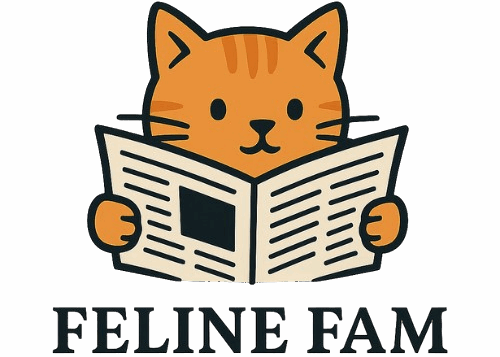The mysterious world of big cats is fascinating and complex. Among their numerous skills, their ability to stalk prey in silence stands out as one of the most impressive feats. These majestic animals, including species like leopards, tigers, and cougars, are skilled hunters equipped with extraordinary senses and adaptive physical traits. Understanding how they move in silence to catch their prey reveals much about their survival strategies in the wild.
Evolutionary Background of Big Cats
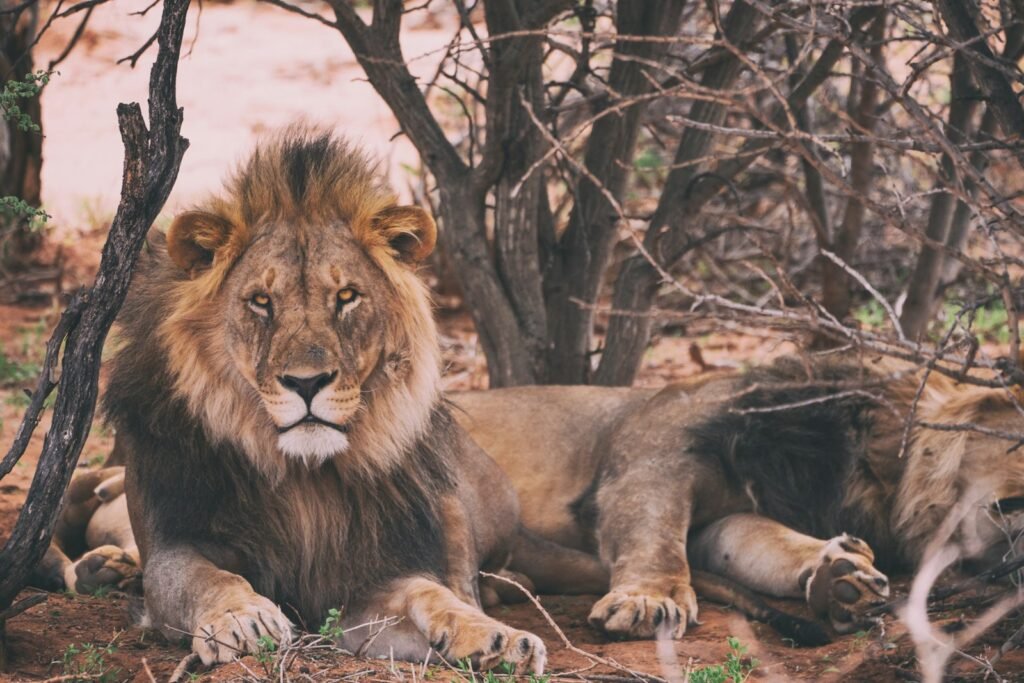
Big cats belong to the Felidae family and have evolved over millions of years to become some of the most efficient predators on the planet. This evolution has honed their physical abilities, sensory perceptions, and hunting techniques. Their stealthy stalking is not merely a behavior but a refined survival strategy passed down through generations.
Physical Adaptations for Silent Stalking
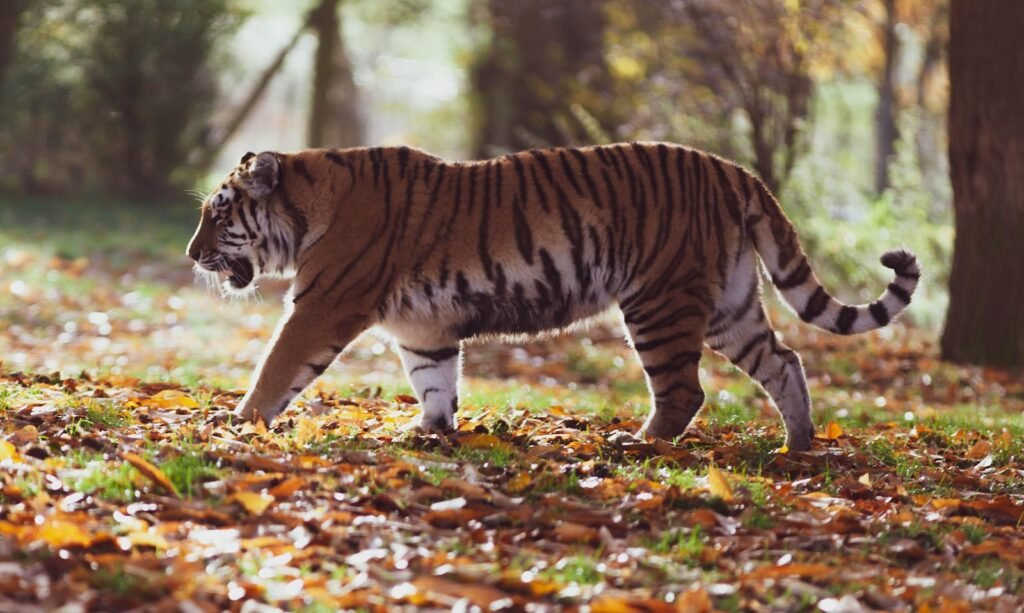
One of the key adaptations that allow big cats to stalk silently is their specialized physique. Their muscular build contributes to a powerful but quiet movement. These muscles allow for a smooth, gliding motion, reducing noise during movement. Additionally, their padded paws cushion their footsteps, further dampening sound and preventing their prey from hearing them approach.
The Role of Whiskers in Detecting Movement
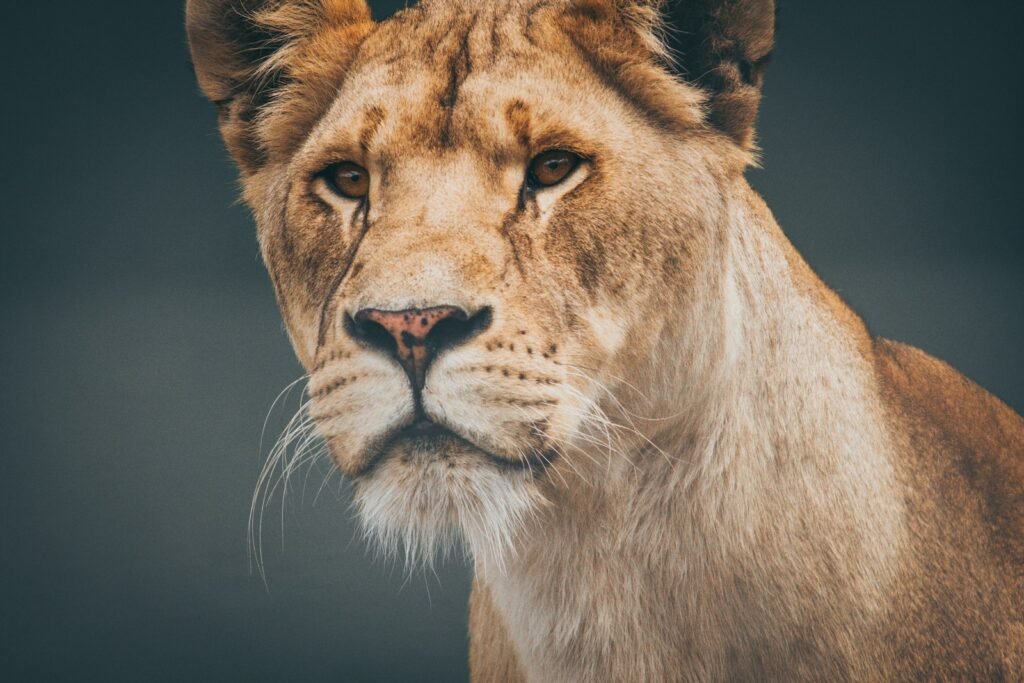
Whiskers, or vibrissae, play a crucial role in a big cat’s hunting success. These highly sensitive tactile hairs can detect subtle vibrations in the air and ground, alerting the cat to the presence and movements of nearby prey. This sensitivity enables big cats to adjust their approach even in low-light conditions, enhancing their stealth.
Keen Senses: The Eyes and Ears
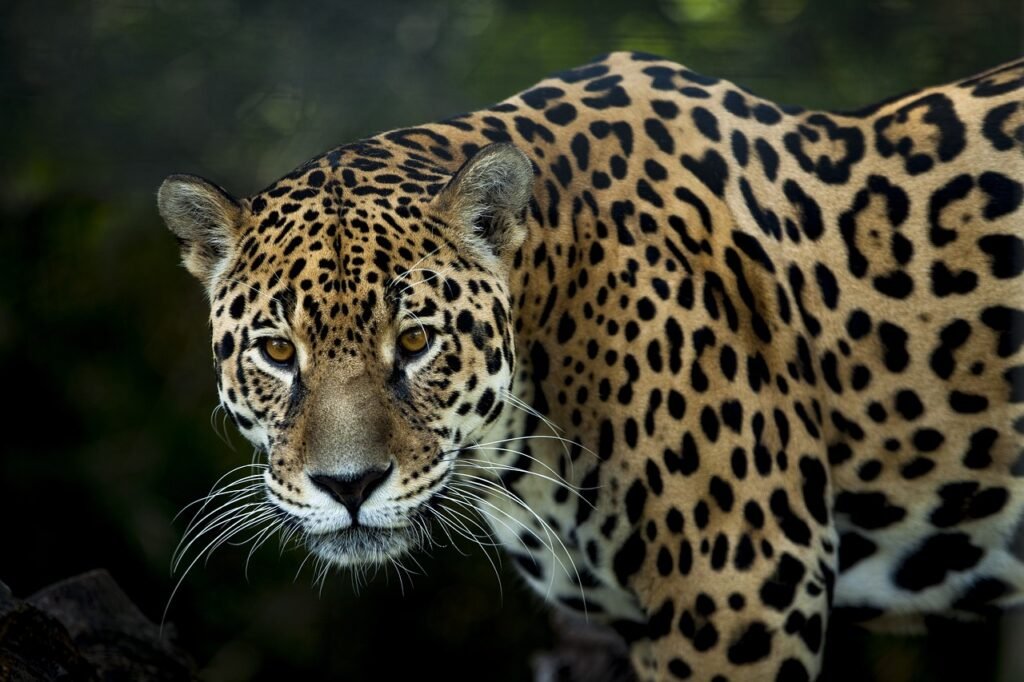
Big cats possess exceptional night vision, thanks to a high concentration of rod receptors in their retinas and a reflective layer behind the retina called the tapetum lucidum. This adaptation allows them to see in near darkness, aiding their nocturnal hunting endeavors. Their acute hearing also plays a critical role, picking up on the faintest sounds of potential prey moving in the underbrush.
The Art of Patience and Timing
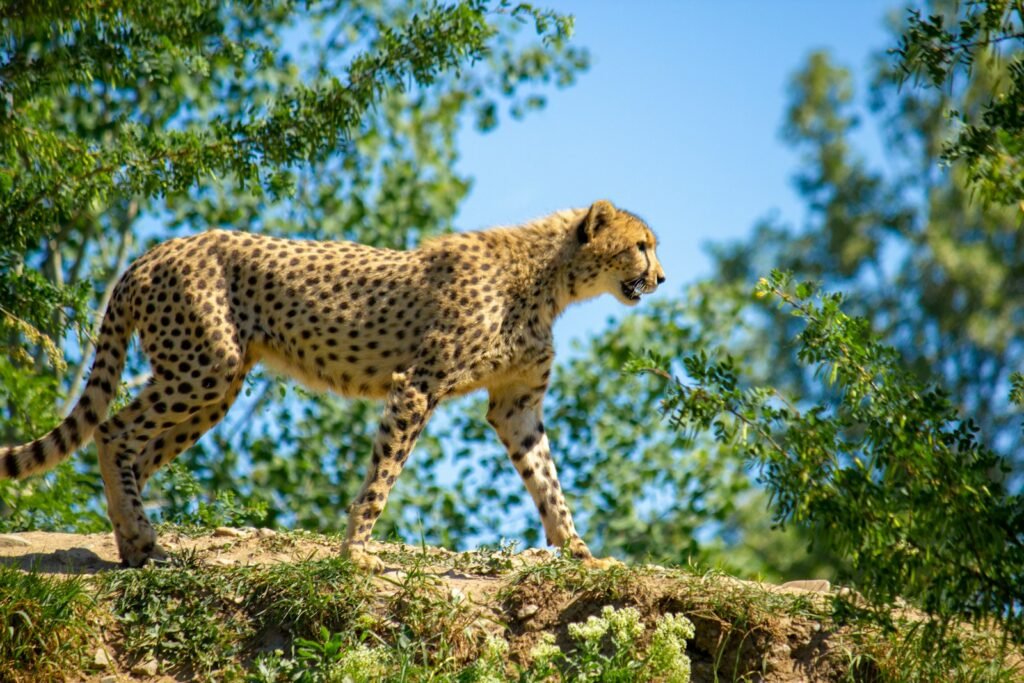
Stalking requires patience and precise timing. Big cats exhibit remarkable restraint, often spending significant amounts of time observing their prey and waiting for the perfect moment to strike. This patience ensures that they conserve energy and maximize their chances of a successful hunt.
Environmental Awareness and Camouflage
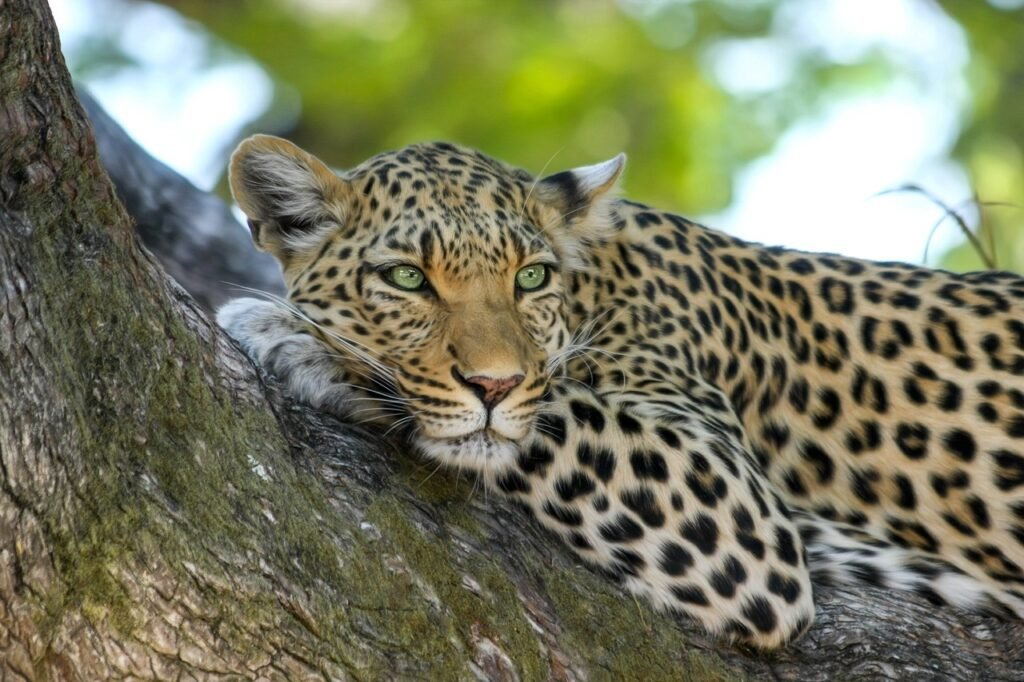
Big cats are masters of their environment. They utilize natural cover, such as tall grasses and dense foliage, to conceal themselves during the hunt. Their coat coloration often matches their habitat, providing excellent camouflage that allows them to blend into their surroundings and remain undetected by prey.
Silent Communication Amongst Big Cats
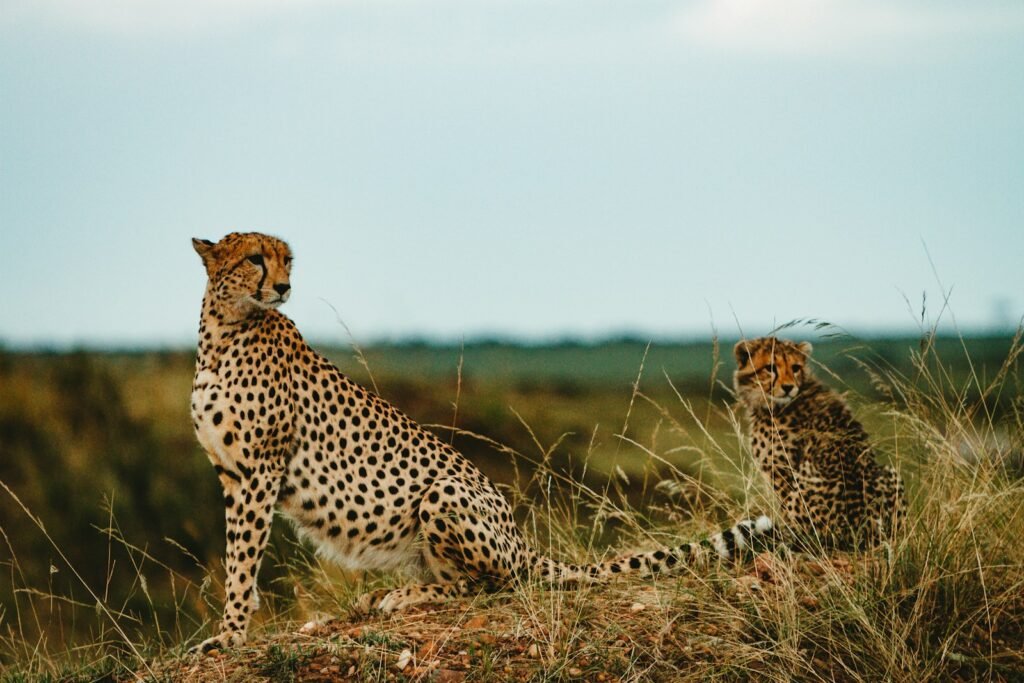
Communication is subtle among big cats while hunting. They may use low-frequency sounds, like purring or meowing, inaudible to human ears, to coordinate when hunting in pairs or groups. These silent communications help them stay synchronized without alerting prey.
Energy Conservation and the Perfect Pounce
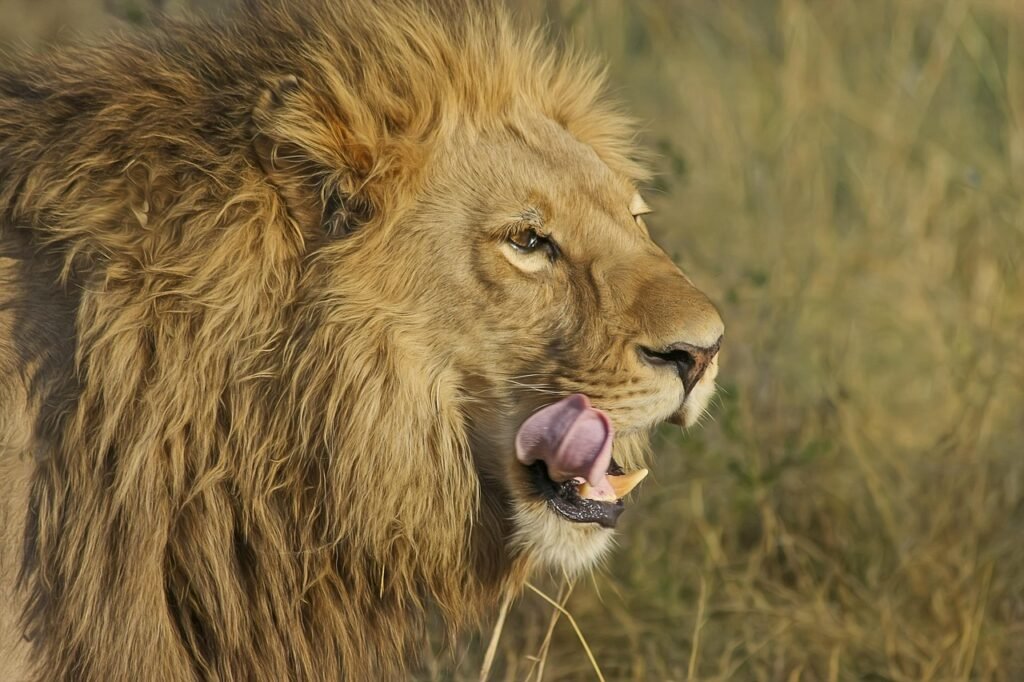
Conserving energy is crucial for big cats during a hunt, as it can be physically demanding. They rely on short bursts of intense energy rather than prolonged chases. A successful hunt often culminates in a swift, powerful pounce, where the cat uses its strength and speed to close the final distance to its target, ensuring a quick capture.
The Importance of Stealth in Predator-Prey Dynamics
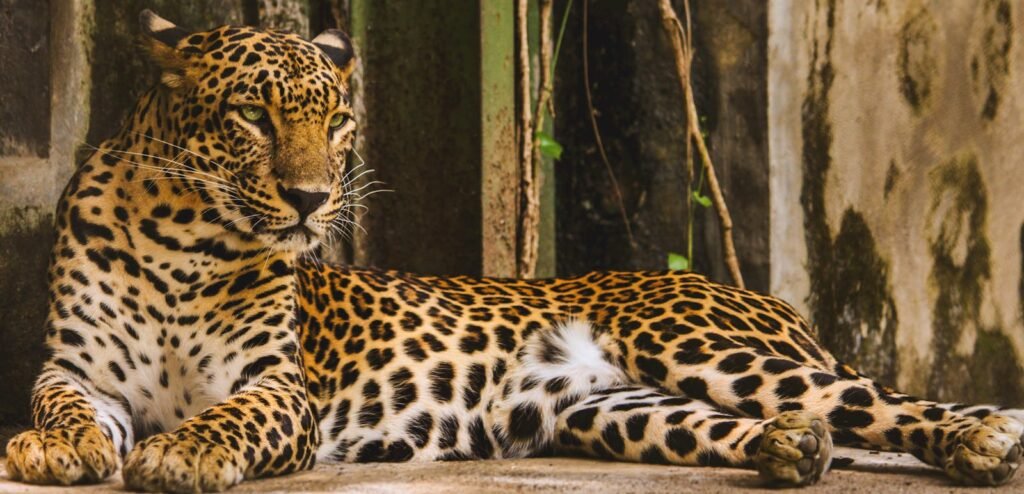
Silent stalking is essential not only for the predator’s success but also in maintaining the delicate balance of ecosystems. Predators like big cats help control prey populations, ensuring that no single species dominates the habitat. This balance supports healthy biodiversity and ecosystem functionality.
Concluding Thoughts on Big Cats’ Silent Hunt
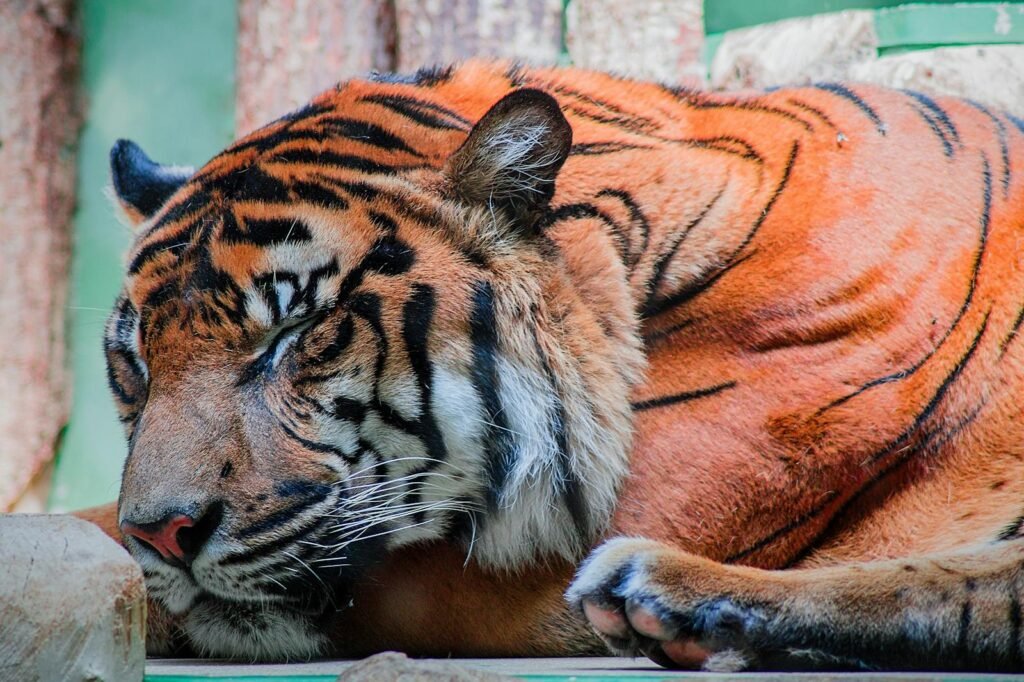
The silent stalking capabilities of big cats are a remarkable combination of evolutionary adaptations, physical adaptations, and learned behaviors. Each element, from their muscular build and padded paws to their acute senses and patient strategies, plays a vital role. Observing these magnificent animals in their natural habitat reveals the intricate dance of predator and prey, a testament to the intricacies of nature and evolution. Understanding these dynamics not only deepens our appreciation of big cats but also underscores the importance of conserving these apex predators and their habitats.
Hi, I’m Bola, a passionate writer and creative strategist with a knack for crafting compelling content that educates, inspires, and connects. Over the years, I’ve honed my skills across various writing fields, including content creation, copywriting, online course development, and video scriptwriting.
When I’m not at my desk, you’ll find me exploring new ideas, reading books, or brainstorming creative ways to solve challenges. I believe that words have the power to transform, and I’m here to help you leverage that power for success.
Thanks for stopping by, Keep coming to this website to checkout new articles form me. You’d always love it!
